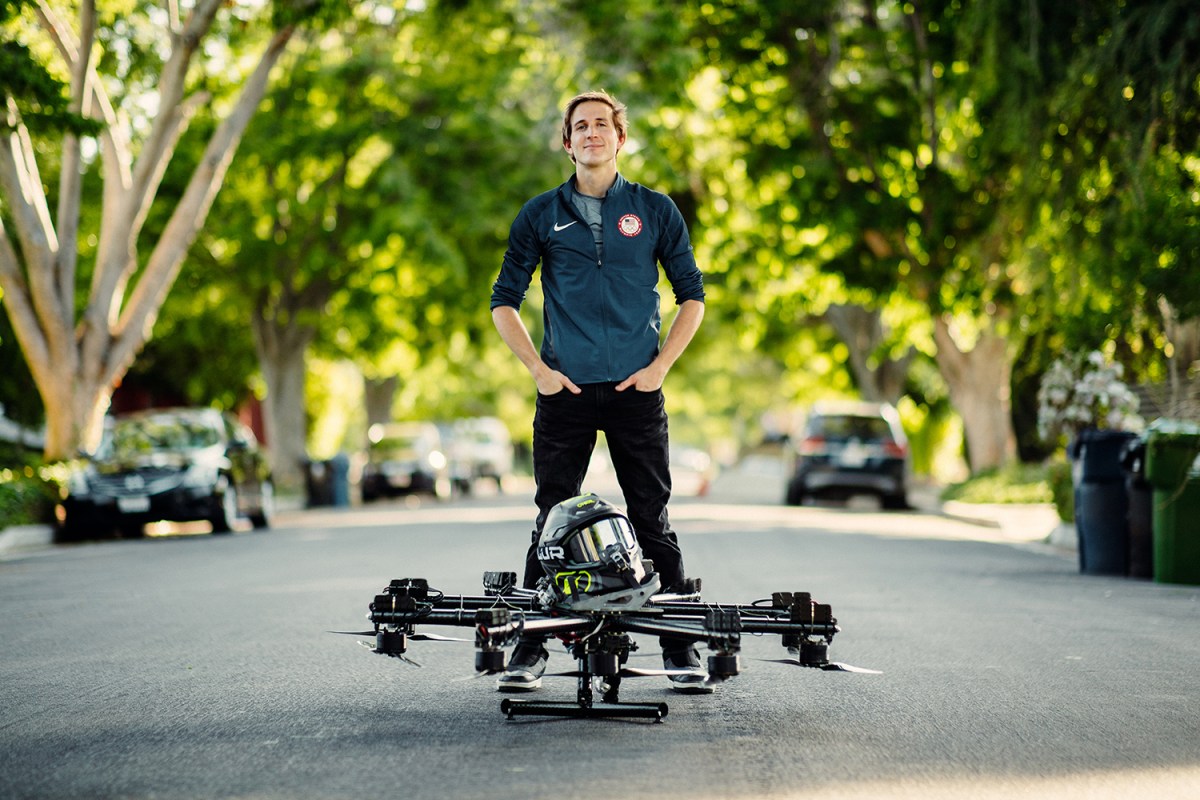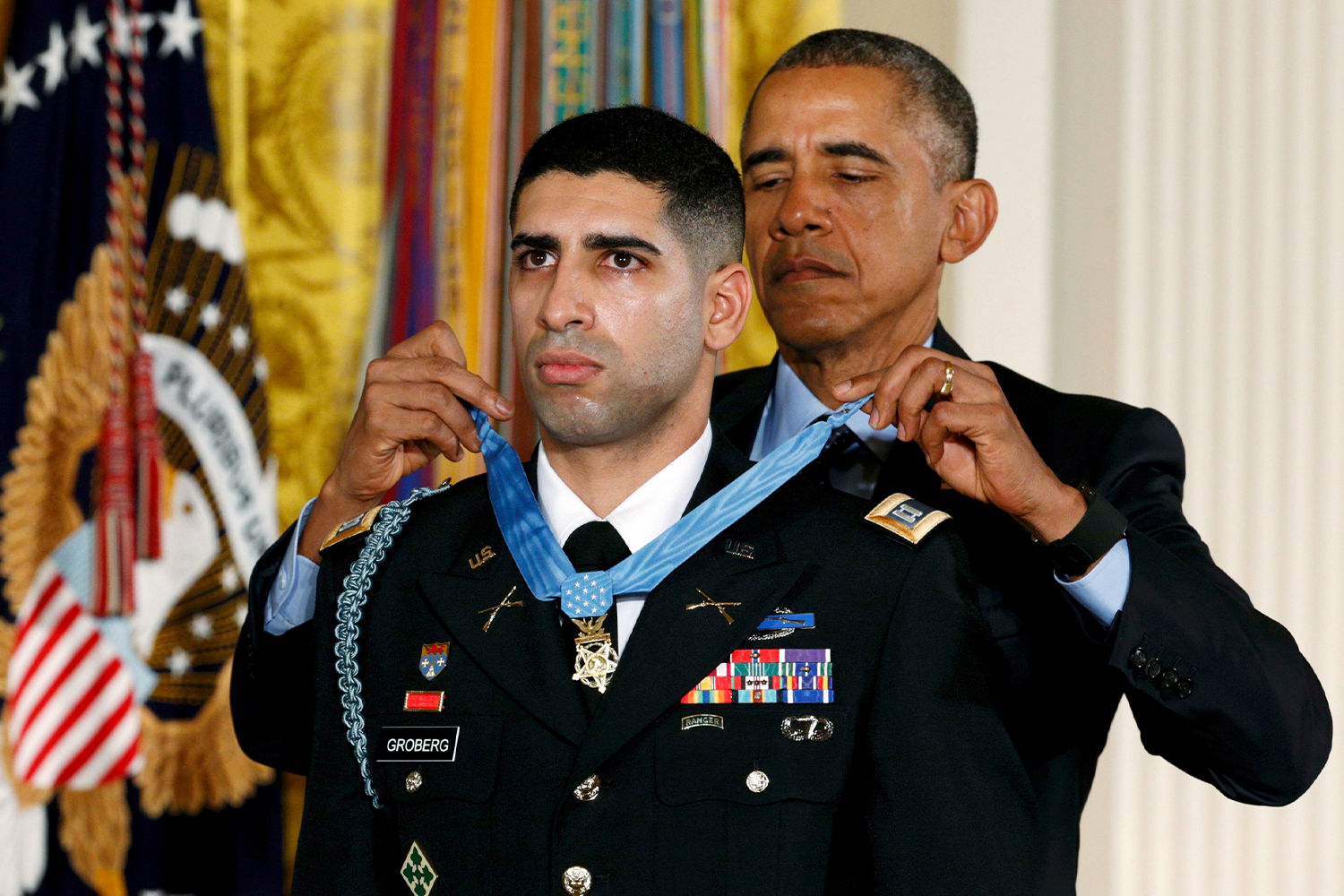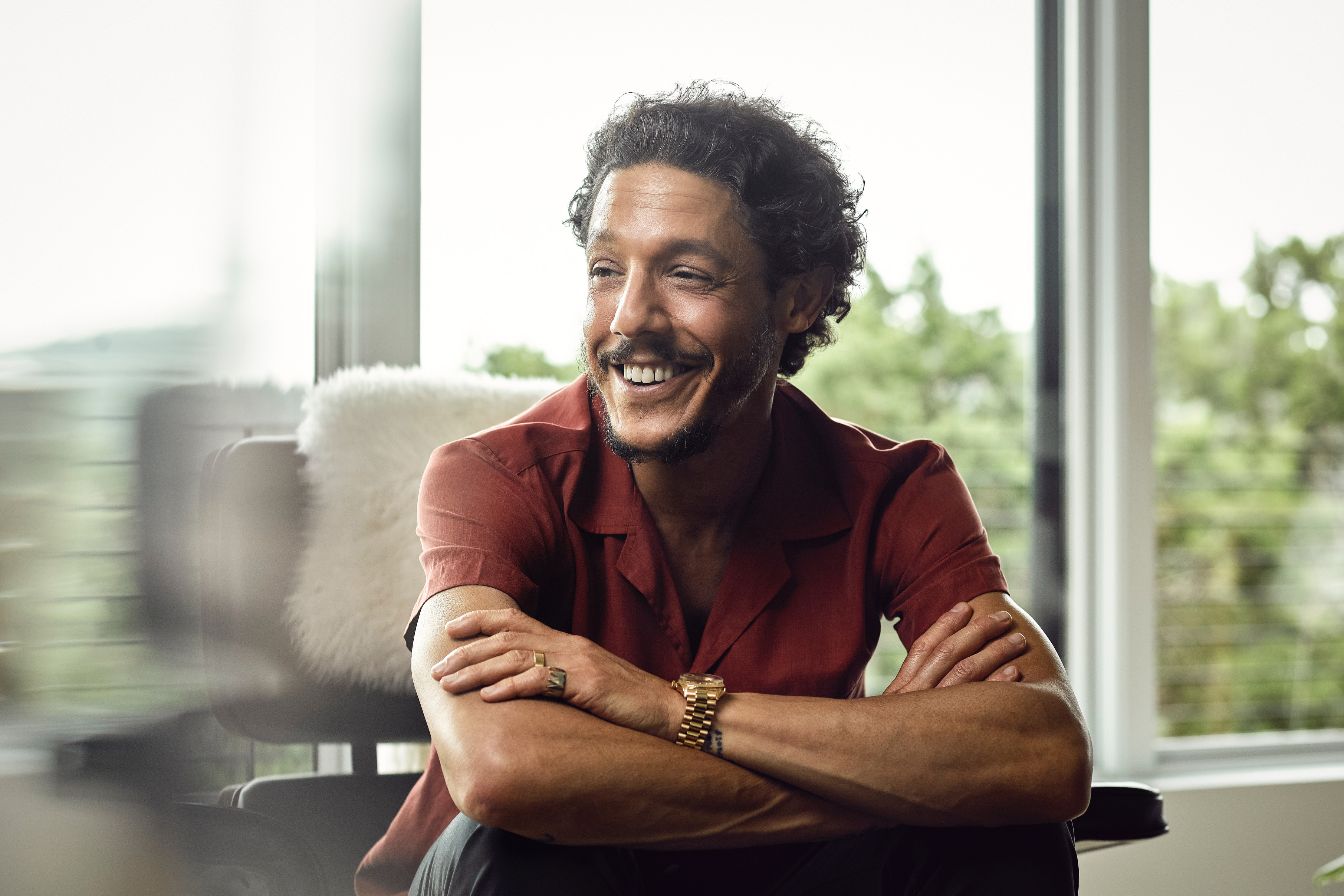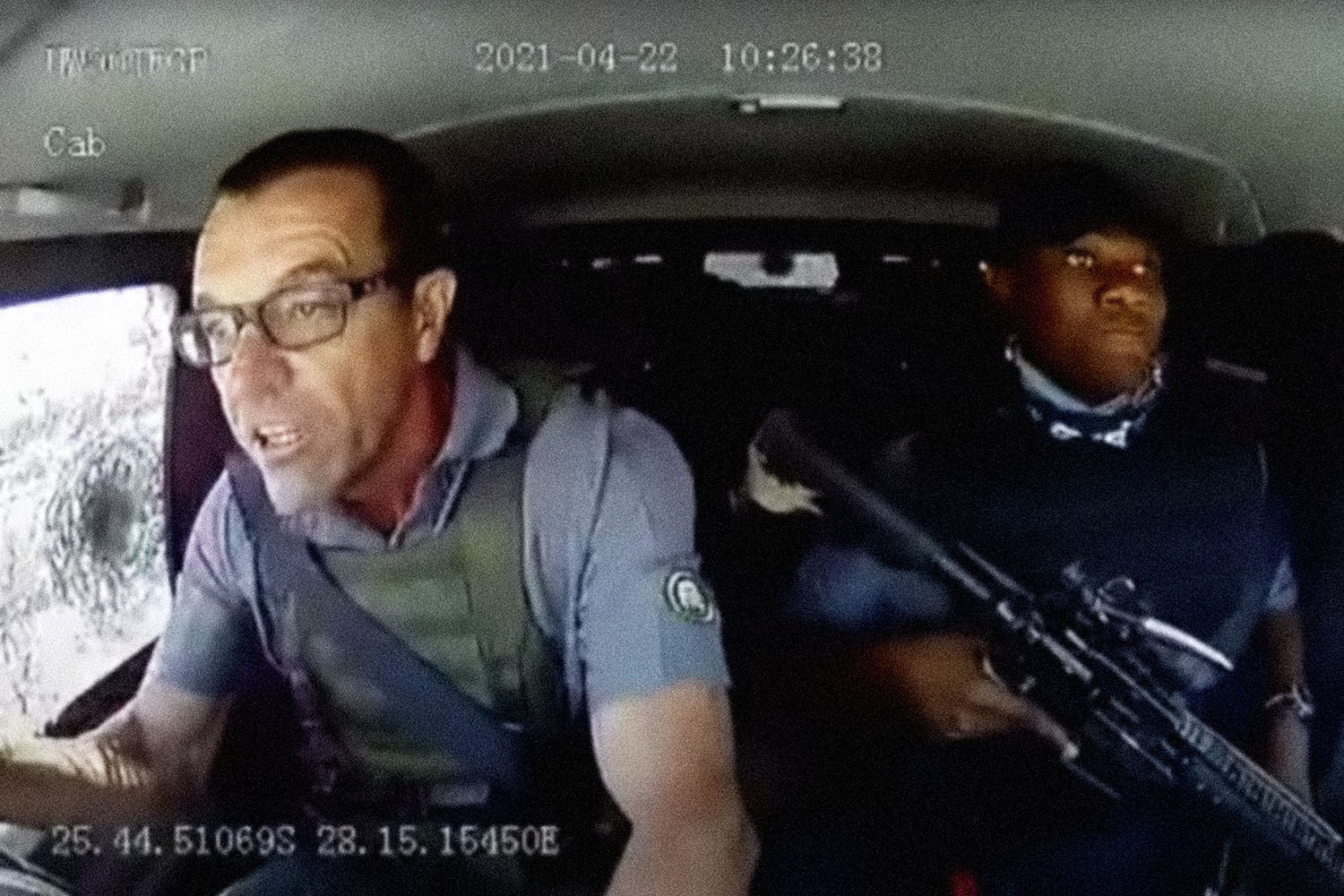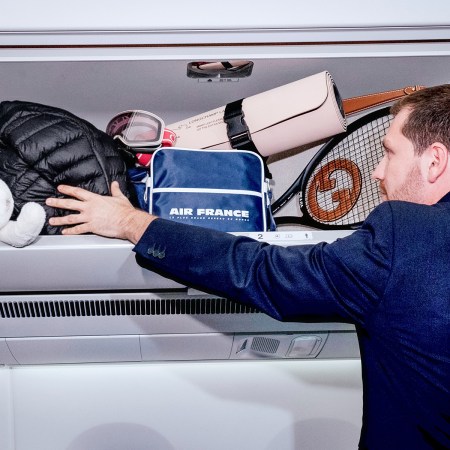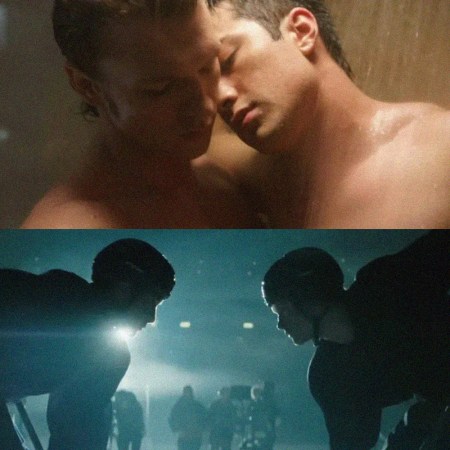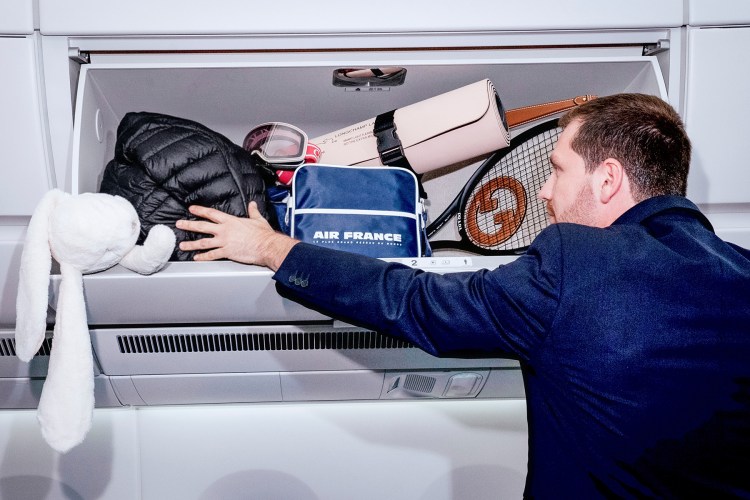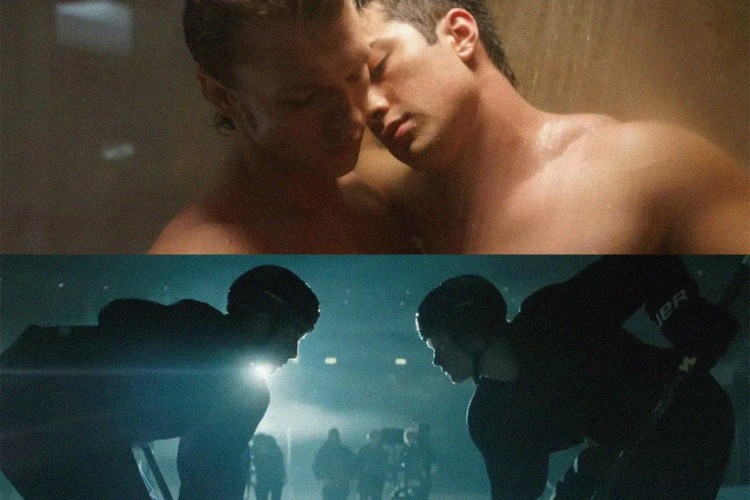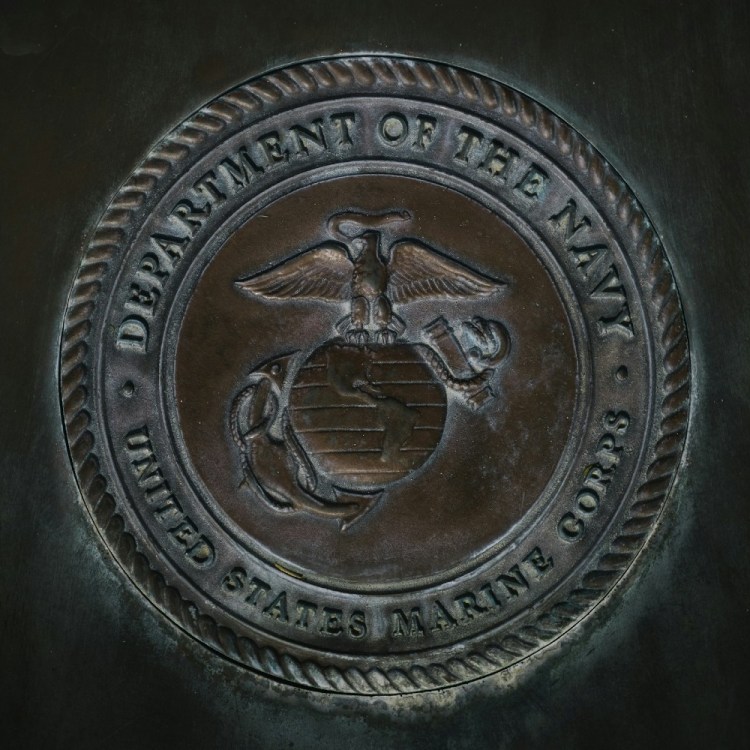Hunter Kowald is a name that you might not know but will probably hear about very soon, thanks to his giant drone-like vehicle, The SkySurfer. The young engineer grew up with a dream that many share, yet ultimately dismiss as impossible: flying through the air freely as if in some futuristic movie or video game.
But as evidenced by his many viral social media videos, of a helmeted man soaring over New York City or Venice Beach on a real-life hoverboard, Kowald has made that dream a reality. Below, Kowald shares what it was like to design, develop and eventually fly his ground-breaking personal aircraft.
His story appears as told to Charles Thorp, and has been edited and condensed for clarity.
I was nine years old in the backseat of my parents’ car when I first started sketching some sort of hoverboard. I actually still have the drawings. My dad had a pilot’s license, and I would go on flights with him when I was young. I guess the idea was always somewhere in the back of my mind, and I always had a passion for flight. Later, as I studied mechanical engineering and mathematics, then worked in the industrial world doing design, the concept of building something like that became more real.
I truly started the process back in 2017, spending an incredible amount of time making it work on paper and crunching all the numbers. I wanted to build an ultralight aircraft powerful enough to carry a person through the sky. I went over everything a million times before trying to turn those calculations into real world results. I knew that I would only have one shot at doing the prototype right.
For a few of the critical elements like the frame and the propellers, there wasn’t anything close to what I needed on the market. The only option was to design it myself. I didn’t realize how time consuming this process would be when I first started, or I probably wouldn’t have started to begin with. I got in too deep, and at a certain point the only option I had was making this happen. I was waiting months sometimes for pieces to be manufactured internationally and sent to me.
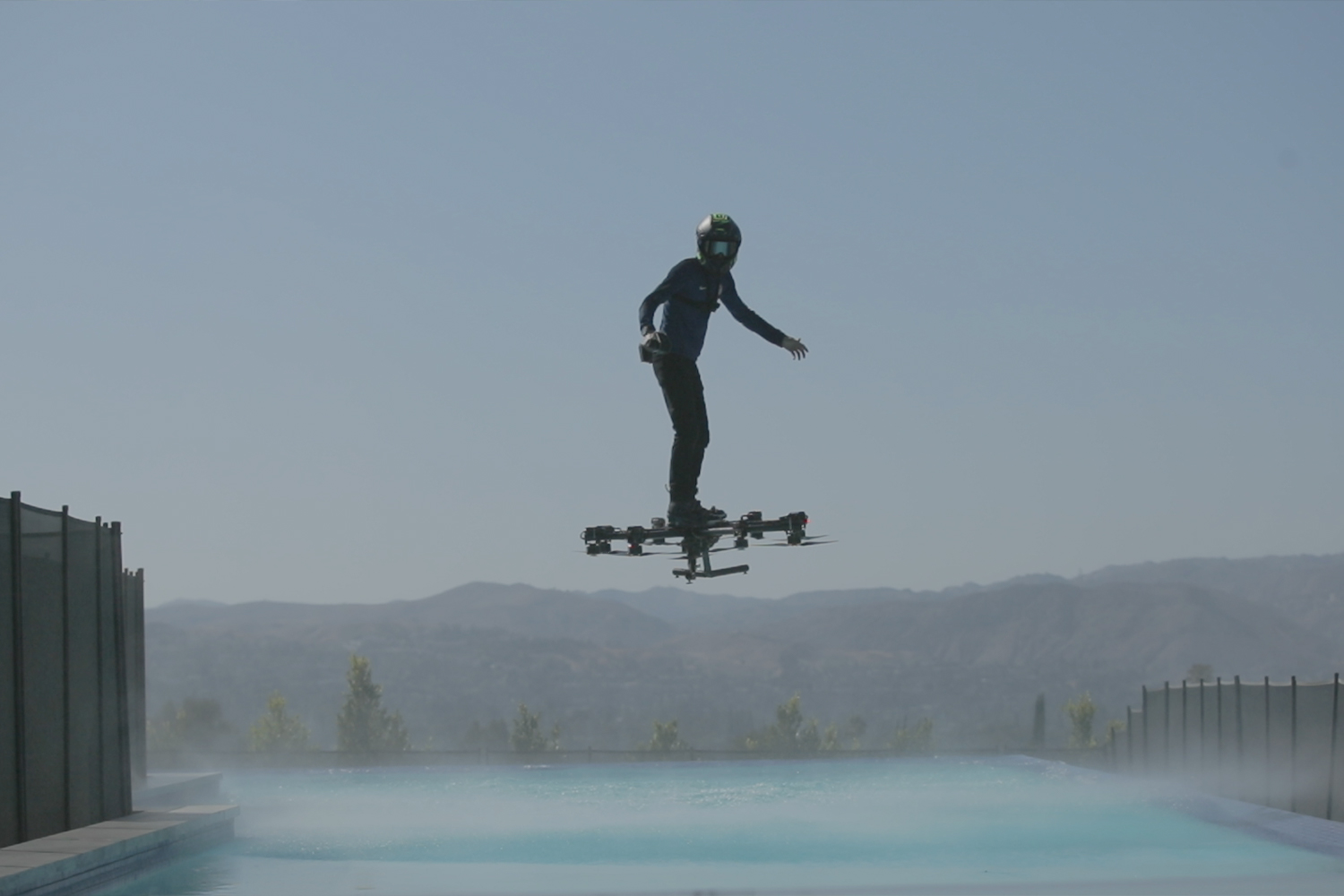
Once the parts arrived, the next phase was a rigorous testing process, running it through an incredible amount of cycles. I needed it not only to perform well, but perform well with a good deal of weight stressing it. For safety with aircraft you are always making sure things can function with 150 percent of the maximum load you are expecting. I was looking for the frame to carry 500 pounds, so that meant that I was testing it with 750 pounds.
There was this seemingly endless routine where I was designing, fabricating, breaking and then redesigning. One time while I was doing a calibration, the craft just took off full power straight into the air. I found out that there was a little bit of dew that built up on the trip from the inside to the outside, and that fried the electronics into malfunction.
I built failsafes and redundancy after, but it was a bit of a wake up call to make sure everything was right before I stepped on it. Because my design is so much smaller than people have tried or thought about before, it creates an enormous amount of heat. I had to make it fireproof, because I am consuming the same amount of power as 10 houses during flight.
The first time I was standing onboard the platform I was very aware of all of the craziness going on below me. The propellers spin faster than the speed of sound and are able to compensate for any outside forces. During the first four feet off the ground there is tons of rattling and shaking. Ground force is coming back at you, and the movements are aggressive.
The moment that I got beyond four feet off of the ground the flight experience changed dramatically. I remember that flight perfectly. I felt stable. The movement was very smooth and the turbines were running quiet. The feeling was incredible and I felt as secure as I would on anything that was riding on the ground. That’s when I knew that it was really going to work.
Every time that I fly I am getting better at it and getting more aggressive. I feel like I have pretty good balance, because I was on a competitive snowboarding team. The best way to describe the sensation for me is it’s like snowboarding, and skydiving in a wind tunnel. I have all of these gusts being whipped around in the air, and any movement that I make outside of my platform effects the flight.
There are four or five different things that I am thinking about while flying. The handheld controls are very complex, and have all sorts of sensors built in. But the more that I fly, the more that I get used to it, the less I am actually thinking about each little detail. It has started to feel like running or driving, in the sense that it is more and more like second nature. I see somewhere that I want to go, and I fly there.
There are a lot of industrial spaces in Los Angeles, where the majority of the early flights took place. People were usually pretty cool about it, except for the occasional security guard who would be a little weary about a hovercraft flying around their patrol. They would usually just try to get me to go somewhere else nearby. I fly all of the time now, in all sorts of terrains.
The cities are probably the easiest, because there is even pavement to take off of, but you have to be cognizant of the buildings as the gusts are being whipped all around. My favorite place to fly is in the desert, there is something beneficially mentally about having a little softer ground below when you are high in the air. And it looks cool. I just have to look out for sand and dirt kicking up because it will damage the propellers.

That is where I broke my personal altitude record recently, in the sand dunes of San Diego. Before the highest I had flown was 60 feet, and I beat that by a lot just recently, going up what I am pretty sure was around 100 feet. It is hard to know for sure, because it would take some calculating. But it is surprising to me how comfortable I am being up that high. I used to be careful just getting off the ground, now I barely hit the controls and I am 50 feet in the air.
I was never worried too much about heights, and for whatever reason, I feel especially comfortable on the SkySurfer. It must have something to do with how much time I spent with the numbers before, and that I know that I built it with a lot of care. I am definitely not always the safest person but it seems like a good idea to wear a helmet for protection, and a heavy jacket to help defend against the elements.
The funny part about wearing the helmet, is nobody really recognizes me, they recognize the SkySurfer. I get a lot of attention when I am flying around, either in the suburb or the city. I never expected to go viral so quickly, I had some friends a jetpack company post a little flight that I did and it got millions of views. It has been fun to shoot footage when I do my flights, because the reactions are hilarious. Lots of people want to stop and take photos.
The most common phrase I hear is, “The future is here.” And after all the work, that is an amazing thing to hear. I’m excited to see where I can take it next, in the world of movie stunts and sports. The next step for me is working with a Guinness Book of World Records to get a few feats in the book as far as altitude and speed. But after that, who knows what’s next?
This series is done in partnership with the Great Adventures podcast hosted by Charles Thorp. Check out new and past episodes on Apple, Spotify or wherever you get your podcasts from. Past guests include Bear Grylls, Andrew Zimmern, Chris Burkard, NASA astronauts, Navy SEALs and many others.
This article appeared in an InsideHook newsletter. Sign up for free to get more on travel, wellness, style, drinking, and culture.
